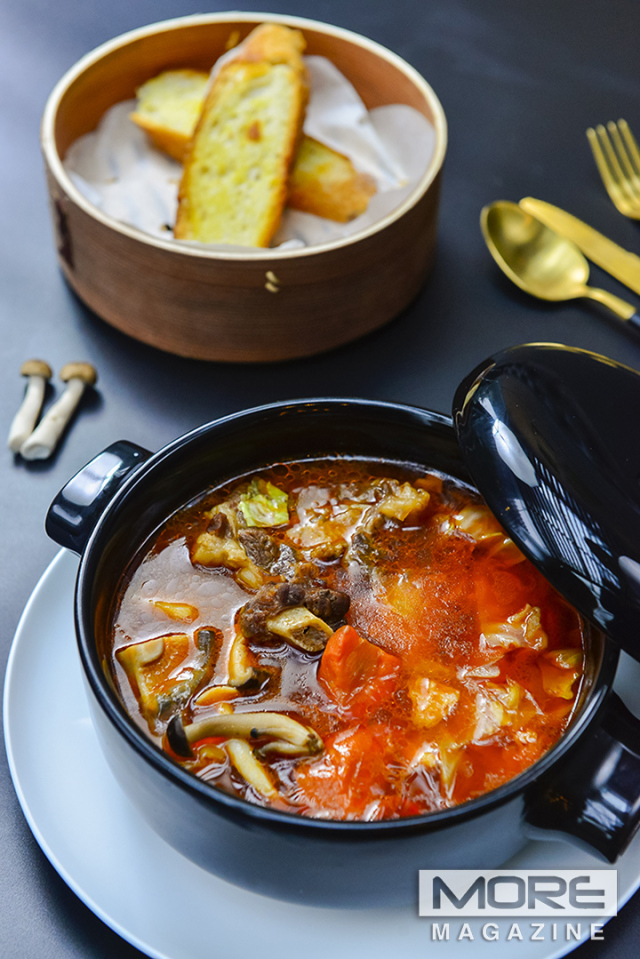"Ultimate Guide to Delicious Soup Canning Recipes: Preserve Your Favorite Flavors!"
#### Introduction to Soup Canning RecipesSoup canning recipes are a fantastic way to preserve the vibrant flavors of seasonal vegetables, herbs, and spices……
#### Introduction to Soup Canning Recipes
Soup canning recipes are a fantastic way to preserve the vibrant flavors of seasonal vegetables, herbs, and spices. By canning soups, you can enjoy homemade goodness all year round, making it a perfect solution for busy families and meal prep enthusiasts. This guide will walk you through the essentials of soup canning, from selecting ingredients to the canning process itself.
#### Choosing the Right Ingredients
When it comes to soup canning recipes, the quality of your ingredients is paramount. Start with fresh, organic vegetables and herbs. Seasonal produce not only tastes better but also provides the nutrients you need. Common ingredients for soups include tomatoes, carrots, celery, onions, garlic, and a variety of beans and grains.
Consider the flavor profile you want to achieve. For example, a classic tomato basil soup requires ripe tomatoes and fresh basil, while a hearty minestrone might call for a mix of beans, pasta, and seasonal vegetables. Always wash and chop your ingredients properly to ensure even cooking and flavor distribution.

#### Preparing Your Soup
Once you've selected your ingredients, it's time to prepare your soup. Start by sautéing your aromatics—onions, garlic, and any spices—in a large pot until they are fragrant and translucent. This step builds the foundation of flavor for your soup. Next, add your vegetables and broth, allowing everything to simmer until the vegetables are tender.
For cream-based soups, consider adding dairy or non-dairy alternatives towards the end of cooking. Remember to taste and adjust the seasoning with salt, pepper, and herbs as needed. Once your soup is cooked to perfection, let it cool slightly before transferring it to jars for canning.
#### Canning Process

The canning process is crucial for ensuring your soup remains safe to eat and retains its delicious flavor. Start by sterilizing your jars and lids in boiling water. This step prevents contamination and helps create a proper seal.
Fill the jars with your soup, leaving about an inch of headspace at the top. This space allows for expansion during processing. Wipe the rims of the jars with a clean cloth to remove any residue that could interfere with sealing. Place the lids on the jars and screw on the metal bands until they are fingertip-tight.
Next, process your jars in a pressure canner or water bath canner, depending on the type of soup. It's essential to follow recommended processing times and pressures to ensure safety. Once the jars are processed, allow them to cool completely before checking the seals. A properly sealed jar will have a concave lid that doesn’t pop when pressed.
#### Storing and Enjoying Your Canned Soups

Once your soup is canned and sealed, store the jars in a cool, dark place. Properly canned soups can last for up to a year, allowing you to enjoy your favorite flavors throughout the seasons. When you're ready to enjoy your soup, simply heat it on the stove or in the microwave, and savor the taste of homemade comfort food.
#### Conclusion
Soup canning recipes are a wonderful way to make the most of your garden harvest or local produce. By following the steps outlined in this guide, you can create delicious soups that are preserved for your enjoyment throughout the year. Whether you're new to canning or a seasoned pro, these recipes will help you stock your pantry with wholesome, homemade soups that are ready to eat at a moment's notice. Happy canning!